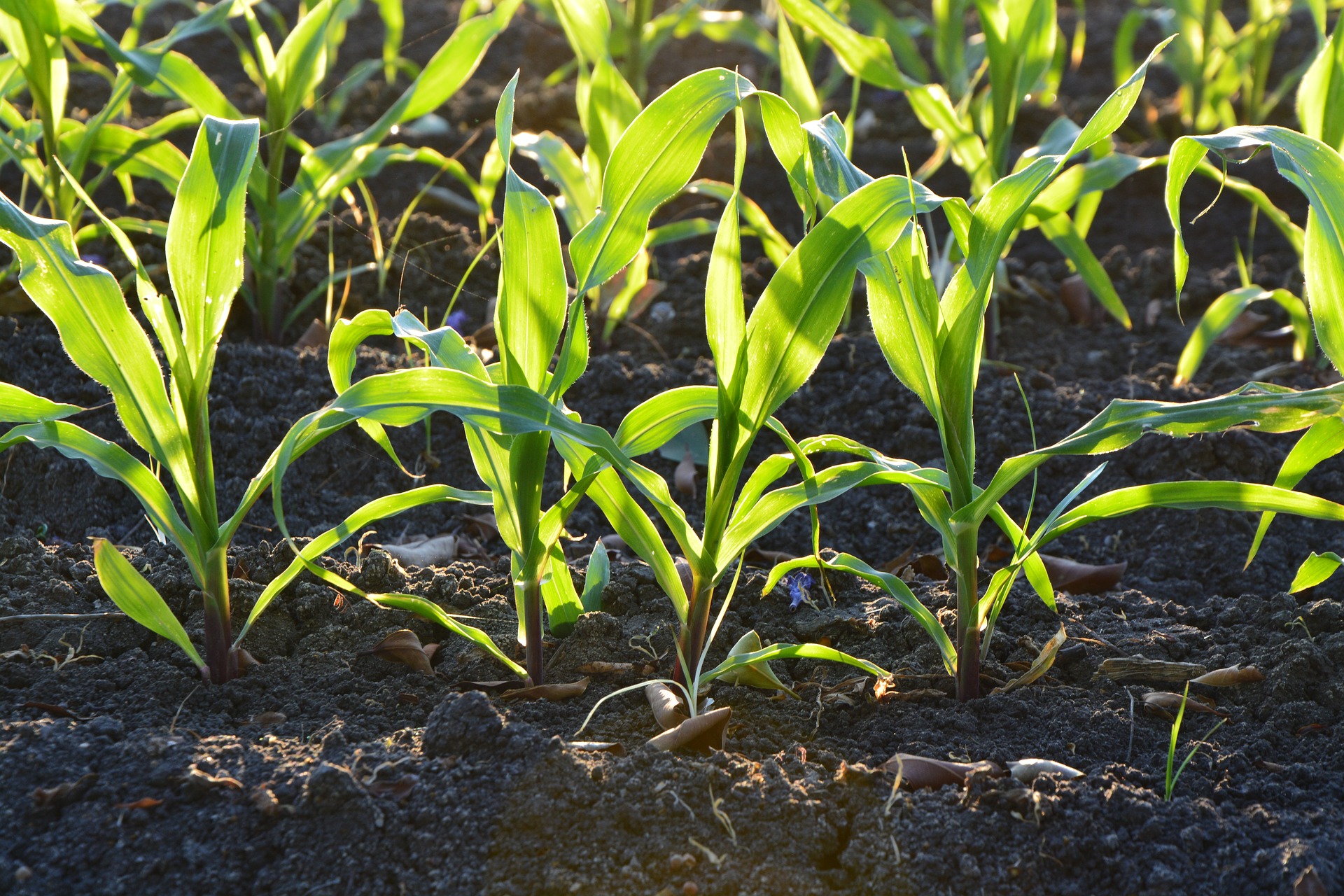Home » Nutrient application guidelines for field, vegetable, and fruit crops in Wisconsin (A2809)
Nutrient application guidelines for field, vegetable, and fruit crops in Wisconsin (A2809)

Nutrient application guidelines for field, vegetable, and fruit crops in Wisconsin (A2809)
This online publication describes how to interpret soil test results, provides nutrient application guidelines, and outlines the assumptions underlying the guidelines.
The Wisconsin soil testing program and nutrient application guidelines were originally developed in the early 1960s. The guidelines have since been revised several times to reflect research advances, additional correlation and calibration data, and shifts in philosophical viewpoint. The latest revision incorporates additional research data, including an update to the maximum return to nitrogen (MRTN) philosophy for corn N rate guidelines along with a new approach for defining soil groups and soil yield potential using data from the U.S. Department of Agriculture-Natural Resource Conservation Service (USDA-NRCS) database. The Wisconsin routine farm soils (RFS) computer program, which is used by Wisconsin Department of Agriculture, Trade, and Consumer Protection (WDATCP) certified soil testing laboratories to generate nutrient and lime recommendations, has been updated to reflect the changes here. The guidelines given here have been incorporated into the nutrient management planning software SnapPlus.
This is intended to guide farmers regarding the appropriate amount of nutrients to apply to maximize yield and profitability. Wisconsin Department of Natural Resources (WDNR) and WDATCP, along with USDA-NRCS, reference this in several nutrient management codes and rules.
Our project team is deeply committed to making this information user-friendly, accessible, and you can help us achieve that goal by providing your comments, thoughts, and ideas. If you have questions, please reach out to Dr. Natasha Rayne.




